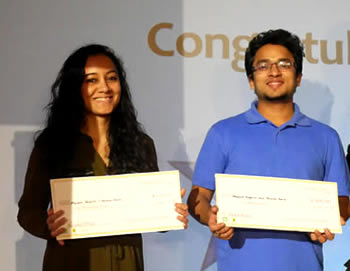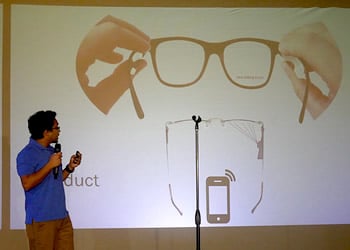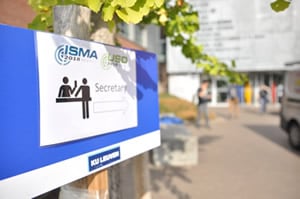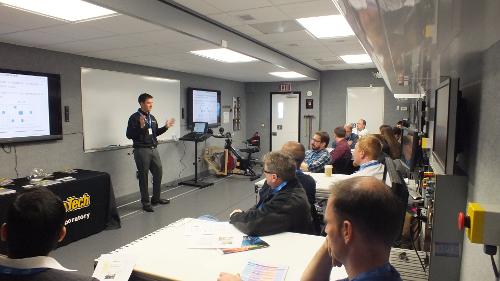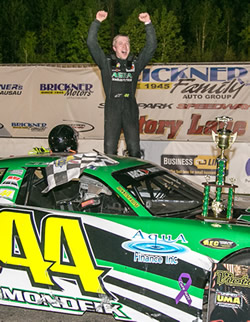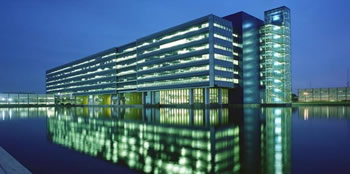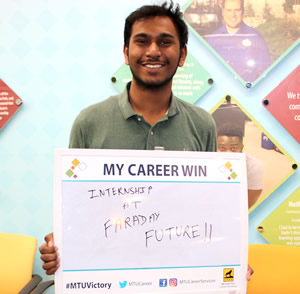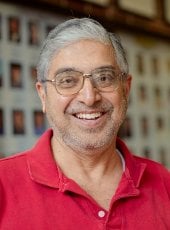
Undergraduate engineering struggles to attract women and minorities, 20 percent of the students drop out after one year, and 40 percent fail to graduate in six years. Professor Emeritus Madhukar Vable describes how we can take the elements of our (USA) world-renowned graduate education to enhance undergraduate education in the December edition of Prism. Prism articles can be accessed through the library electronic data base.
Rebuild the Foundation
When it comes to graduate education, U.S. engineering schools are clearly getting something right: They attract scholars and students from all over the world. At the same time, undergraduate engineering struggles to draw in women and minorities, 20 percent of the students drop out after one year, and 40 percent fail to graduate in six years. What can we borrow from graduate education to enhance the undergraduate experience?
